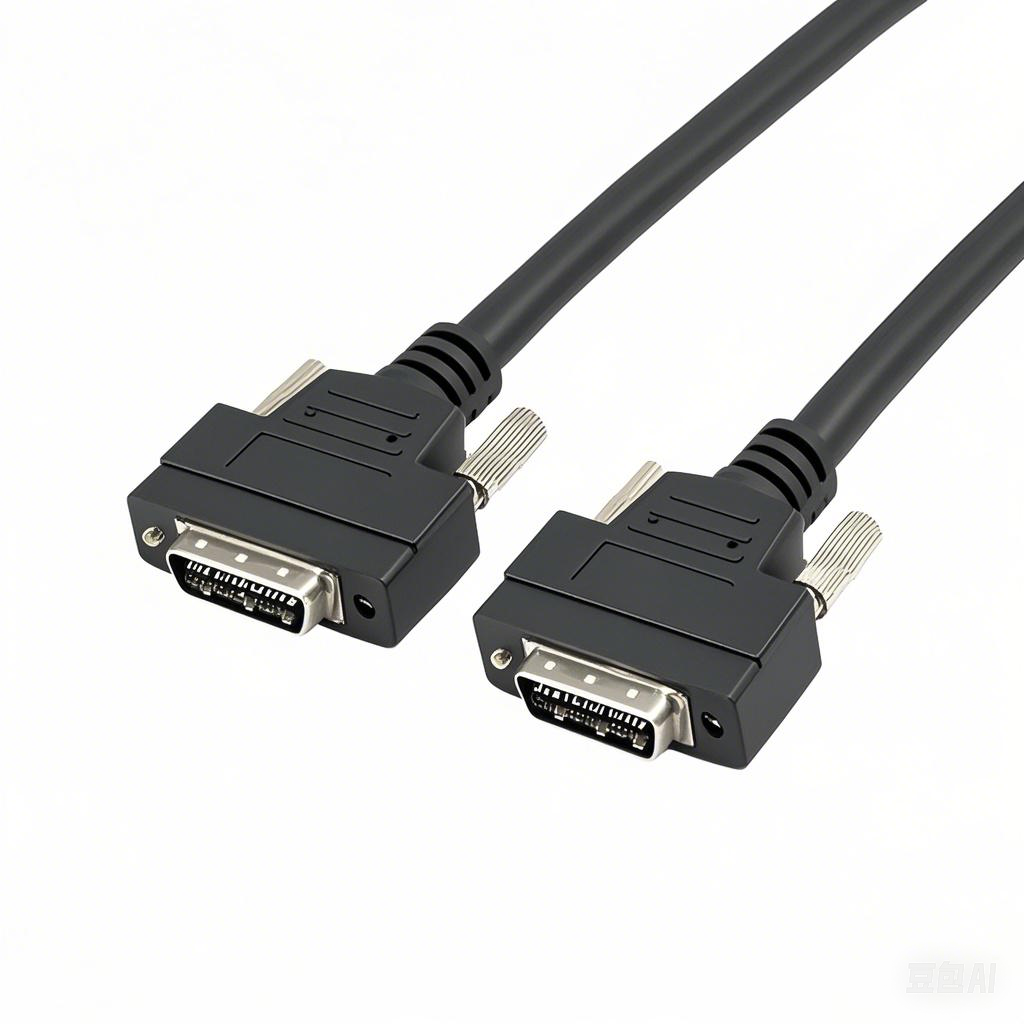he Best Practices for Labeling Machine Vision Cables
In the intricate world of machine vision systems, where cameras, sensors, lights, and processors communicate seamlessly to drive automation and quality control, cable management is often an overlooked hero. Yet, misidentified or unlabeled cables can lead to significant downtime, troubleshooting nightmares, and costly errors during installation, maintenance, or system reconfiguration. Implementing a robust cable labeling strategy is not just good practice; it’s essential for operational efficiency. Here are the best practices for labeling machine vision cables:
1. Choose Durable, Industrial-Grade Labels:
- Environment Matters: Machine vision systems often operate in harsh environments – factories with oils, coolants, solvents, temperature fluctuations, and physical abrasion. Standard office labels won’t survive.
- Material Selection: Opt for labels made from polyester, vinyl, or polyimide (Kapton®). These materials resist chemicals, moisture, heat (check temperature ratings), and tearing.
- Adhesive: Use permanent, industrial-strength adhesives designed to bond securely to various cable jackets (PVC, PUR, etc.) and withstand environmental stresses without oozing or losing grip.
- Printing Method: Laser printing or thermal transfer printing (using resin ribbons) is strongly recommended over inkjet. These methods produce smudge-proof, fade-resistant text that endures.
2. Standardize Label Content & Format:
- Clarity is Key: Labels must convey essential information instantly to anyone working on the system.
- Essential Information:
- Source: Origin device (e.g.,
CAM_TOP_LEFT, BARCODE_SCANNER_1, RINGLIGHT_CONTROLLER).
- Destination: Target device or port (e.g.,
POE_SWITCH_PORT_3, VISION_PROCESSOR_IN_2, PLC_DI_CARD_4).
- Cable Type/Purpose (Optional but Recommended): Especially useful if different protocols run alongside (e.g.,
POE, GigE, USB3, IO_TRIGGER, POWER_24V).
- Consistent Format: Establish a clear, concise naming convention and stick to it across the entire system and all future expansions. For example:
[Source Device]_[Port] TO [Destination Device]_[Port] or [Function]_[Location]_[Number].
- Font Size & Legibility: Use a large enough, clear font (e.g., sans-serif like Arial) that is easily readable under typical working conditions, potentially including low light. Avoid overly fancy fonts.
3. Strategic Label Placement:
- Visibility: Place labels where they are easily visible before tracing or disconnecting is needed. Avoid hiding them behind cable trays or equipment.
- Both Ends: Crucially, label both ends of every cable. Knowing where a cable starts and ends is vital for tracing connections.
- Proximity to Connectors: Place labels close to the connectors (within 3-5 cm / 1-2 inches is common), but not so close that they interfere with mating/unmating or strain relief boots.
- Avoid Strain Points: Do not place labels directly over areas where the cable will be frequently flexed or bent, as this can cause the label to crack or peel.
- Consistency: Place labels at the same relative position on all cables whenever possible (e.g., always 5cm from the connector on the cable side).
4. Secure Application for Longevity:
- Clean Surface: Wipe the cable jacket clean and dry with isopropyl alcohol (IPA) before applying the label to ensure maximum adhesion. Remove any grease, oil, or dust.
- Smooth Application: Apply the label smoothly, avoiding wrinkles or air bubbles. Use a label applicator tool if necessary for precision and consistency.
- Wrap or Flag?: The two main types:
- Wrap-Around Labels: These fully encircle the cable. Ensure they are snug but not tight enough to constrict the cable. They are very secure and visible from all angles.
- Flag Labels: These stick to the cable but have a protruding “flag” for easier reading, especially on tightly bundled cables. Ensure the adhesive area is sufficient for a strong bond. Self-laminating flag labels offer extra protection for the printed area.
- Protection (If Needed): In extremely harsh environments (e.g., high-pressure washdown), consider using clear heat-shrink tubing over the label for an extra layer of protection. Ensure the tubing is rated for the environment.
5. Documentation is Part of the System:
- Diagram Sync: Ensure your cable labels correspond exactly with the identifiers used in your system schematics, wiring diagrams, and network maps.
- Centralized Log: Maintain an up-to-date list or database documenting all cable labels, their source, destination, type, and any other relevant details. This is invaluable for troubleshooting and future modifications.
6. Regular Review and Maintenance:
- Audit: Periodically audit your cable labels, especially after system modifications or maintenance. Replace any damaged, faded, or missing labels immediately.
- Updates: Ensure any changes to the cabling infrastructure are reflected in updated labels and documentation.
The Bottom Line:
Investing time and resources into properly labeling your machine vision cables using these best practices pays significant dividends. It drastically reduces troubleshooting time, minimizes costly errors and downtime during maintenance or upgrades, simplifies training for new technicians, and ensures the long-term reliability and manageability of your critical vision systems. Clear, durable, and consistent labeling is a fundamental pillar of professional machine vision system installation and operation. Treat your cables with the same level of organization and care as your sophisticated cameras and software.











